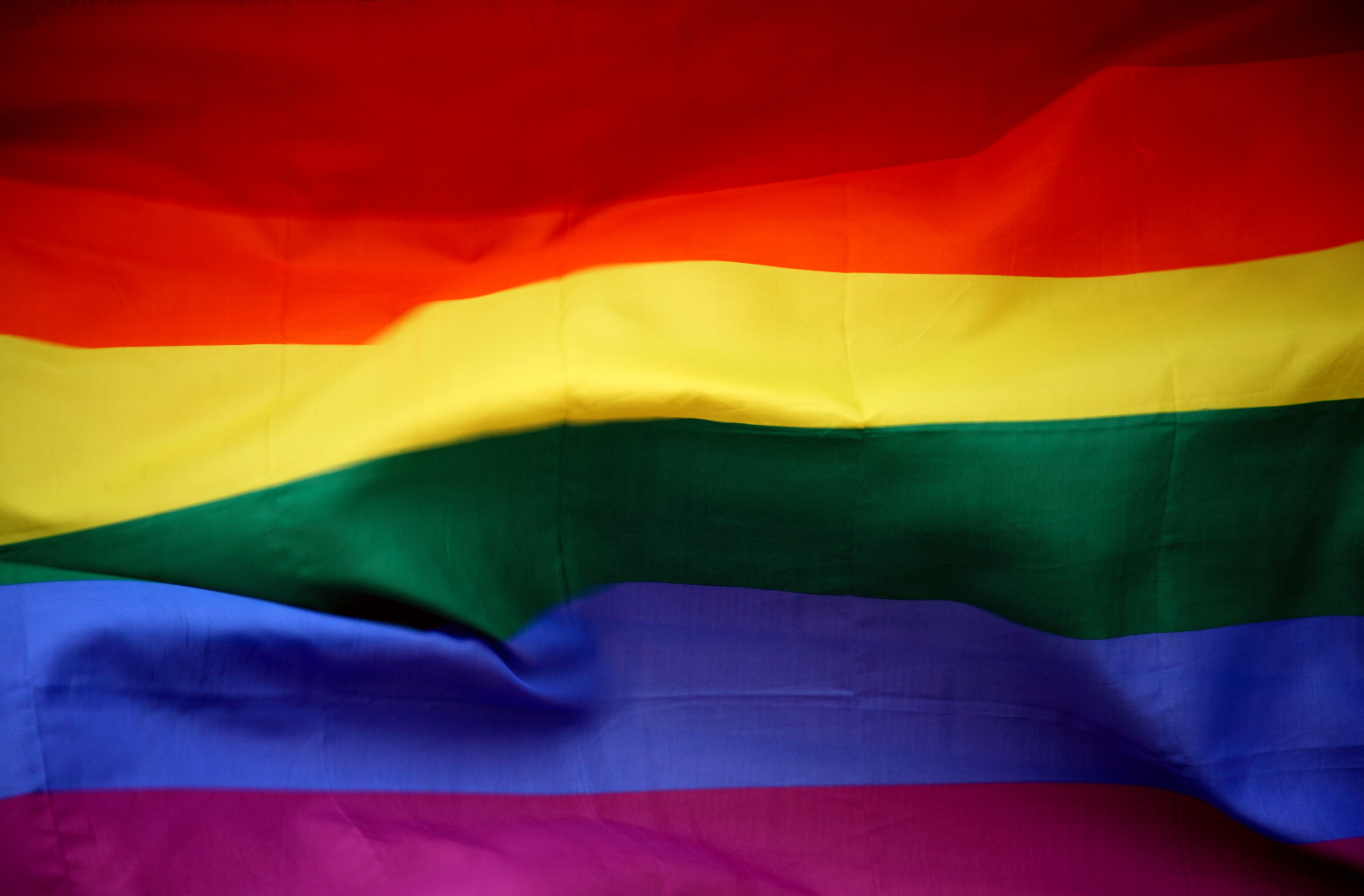How IT staff can accommodate transgender and non-binary students and faculty
Simple actions IT staff can take to create a more comfortable and safe environment for everyone

Seventy-five percent of K-12 transgender students have identified as feeling unsafe at school while more than half of transgender teachers face harassment, according to NPR. In that light, what can an IT department do to help make trans and non-binary students, faculty, and staff feel safe and welcomed?
One simple action the IT staff can take is to provide students the opportunity within the student information system (SIS) and personnel systems for a preferred name. This would allow all students and employees to use their preferred name, whether it's as simple as Jon instead of Jonathan or more complicated, such as Doris instead of Russ.
SIS systems could also allow for more than a binary choice for gender. This would also help instructional staff and coaches to be more aware of non-binary or trans students prior to their arrival in a course or team. Reporting forms that require gender selection can also be addressed and amended. We can all recall at least one faculty member whose given name was something he or she never used except for their formal email.
Providing the selection of M. or Mx. on forms requiring titles is another step most IT teams can easily implement. Considering that adding options is rarely difficult once a system is in place, making someone feel more comfortable when completing a form or other document is a reasonable accommodation.
IT staff should also be aware of the growing body of IT resources to support LGBTQ+ individuals and groups. LGBTTech provides resources and research on LBGTQ+ technology-related issues, including online safety and connectivity. Pride.com provides a list of seven LGBT Tech Groups that support LGBT individuals. GLSEN has an excellent set of educator resources to support an inclusive and safe school for all.
A primary issue for educators regarding non-binary and trans students is their own personal and often deeply held beliefs. While individuals should not be forced to set their beliefs aside, educators need to be supportive of all within the scope of the school environment. The need to be courteous and kind should be universal.
Tools and ideas to transform education. Sign up below.
